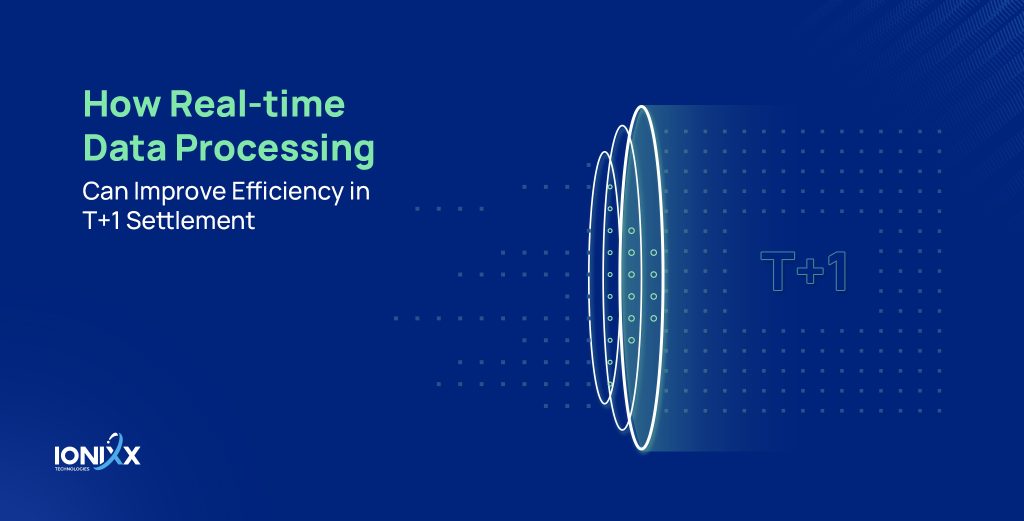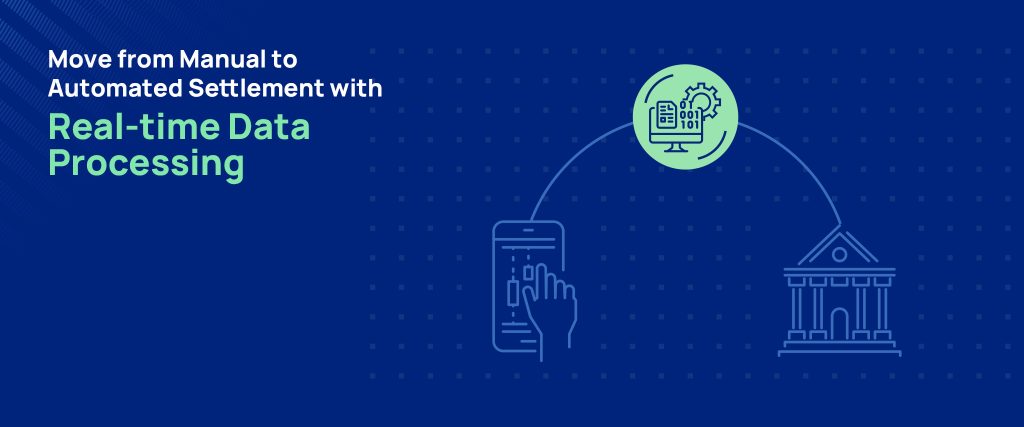
The settlement of trades in US securities currently operates on a T+2 (trade date plus two business days) cycle. However, the industry is poised to head toward a T+1 settlement cycle improving liquidity for investors, faster settlement times for broker-dealers, and better risk mitigation w.r.t counterparties. This will need a rehauling of technology and optimization of data processing systems.
Real-time data processing plays a critical role in bringing efficiency to trading operations; it eliminates manual intervention, automates several complex workflows, and increases STP.
Let’s explore in detail the importance and benefits of real-time data processing.
Real-Time Data Processing enhances STP
Market average daily volume in H1 2022 was 38.3M contracts, 1.1M contracts more than 2021, 10.7M contracts more than 2020 and over 20M contracts more than 2019.
Legacy systems are not built to handle this level of volume and it shows in the performance. They process the data in batches, this slows the system down, hangs up, and becomes unreliable. The addition of manual intervention during trade matching and reconciliation makes it more tedious to operate. One needs a team of people to engage with the system to do something that can easily be automated.
Real-time data processing helps resolve this breakneck situation and improves the post-trade process by matching the trades and reconciliations seamlessly. It helps sync the front-office and the back-office operations. This helps ensure instantaneous data updating for key details such as account information, transactions, cash deposits, etc.
Instantaneous Data Transfer – How Automation Comes into Play
The automated process swiftly executes the required steps, culminating in the immediate release of processed data. It eliminates the need for acquiring the data and processing it toward the end of the trading day.
The entire process unfolds within mere seconds when the buyer starts the trading and immediately processes the transactions. Settlement, matching, reconciliation, and notifications – all in real-time.
The instantaneous data execution mitigates operational risk, processes huge transactional volume without lag, and reduces excessive wait time without any error. This method beats batch processing every time on every parameter.

Other Advantages of Real-time Data Processing
- DTCC estimates a 41% reduction in the volatility component of the NSCC margin requirement. This reduction has the potential to result in billions of dollars of savings for member firms. Real-time processing helps here if you are moving to the T+1 cycle.
- Real-time data processing can also be achieved through tokenization (Digital Ledger Technology). This technology makes the settlement process faster and enables the T+0 cycle.
- As all ledgers get updated in real-time, the account cash balance and position balance are reflected accurately to everyone and minimize counterparty risk.
Adopting Real-Time Data Processing Systems
Banks, broker-dealers, buy-side firms, and sell-side firms have long relied on legacy systems and may need some guidance on using the new technologies.
Here are a few things to consider while transitioning from batch processing systems to real-time data processing systems.
- Tech costs: A dedicated budget to the transitioning helps in evaluating the returns and scoping out the workflows that need to be automated.
- Learning curve: Although fully automated systems require minimal training on the user side, yet; to exploit the system to its full potential some time investment will be required in training.
- Finding the right technology partner: Choosing a solution provider becomes important as there are customizations and integrations involved. Timely delivery, problem resolution, and understanding of key processes become important criteria when choosing your tech execution partner for real-time data processing.
- Investment in modern technology infrastructure: Adopting technologies like microservices can help organizations streamline their operations and achieve optimal results. API-based architecture can modularize the services, making integration easy. This infra becomes the baseline for future additions and customizations.
Why You Should Consider Real-time Data Processing Capabilities?
Real time process in trade life cycle enables STA, central trade matching and STP.
Event-based real-time processing is gradually replacing batch processing systems, expediting settlement times. Embracing real-time processing is essential for achieving T+1 and T+0 settlement and accessing consolidated positions across assets, geographies, and business lines. By adopting real-time processing, financial institutions and brokerage firms can enhance operational efficiency, simplify data integration, and expedite improve productivity. Proactive adoption of real-time processing empowers organizations to make well-informed choices and gain a competitive advantage in the market.
To leverage the power of automation in brokerage operations, you can reach out to us. Get in touch.


